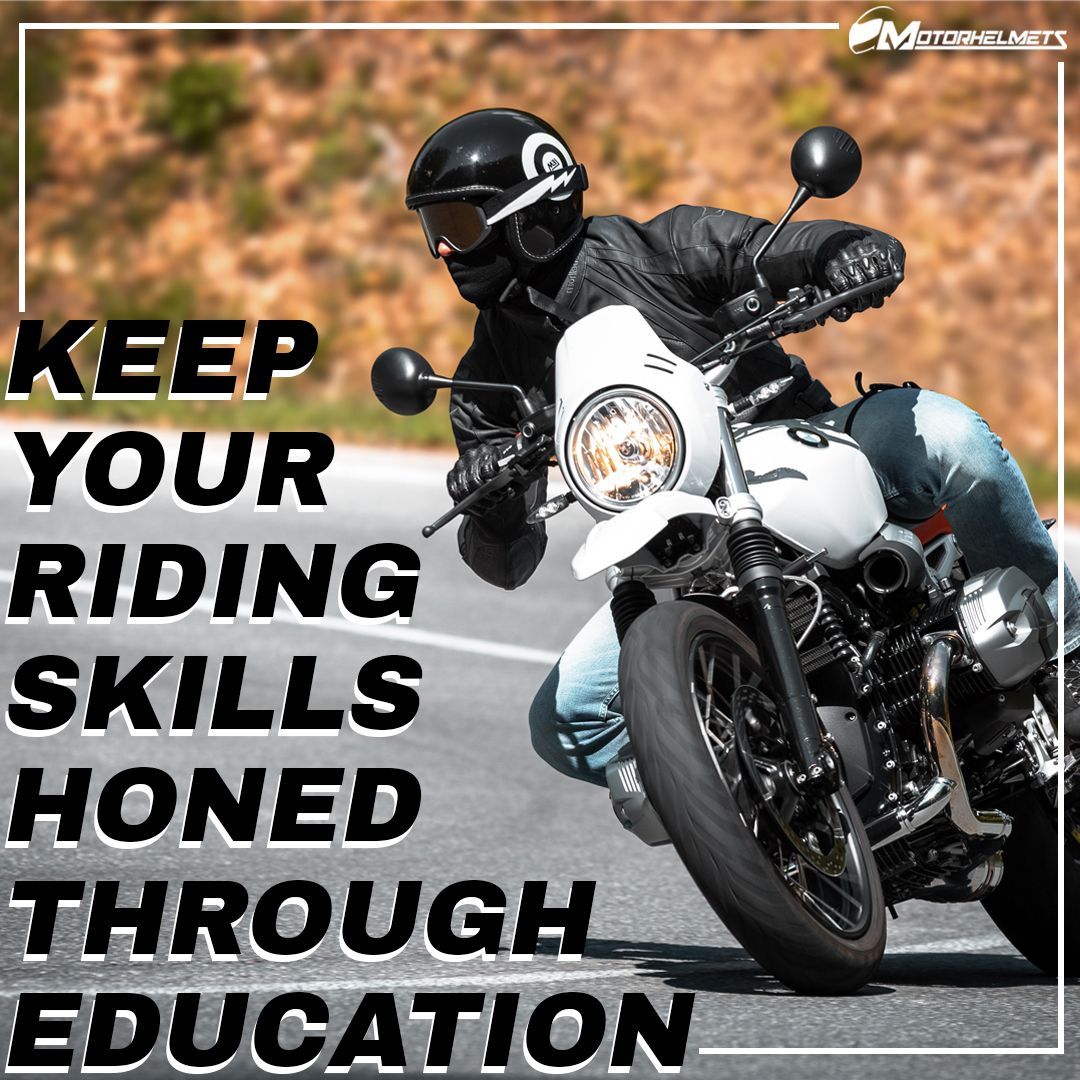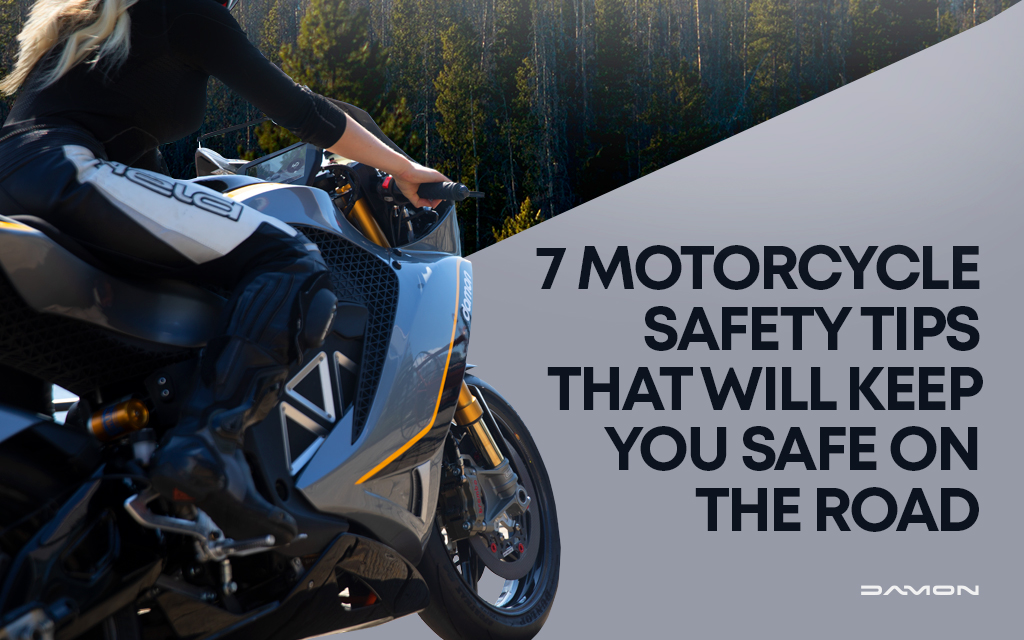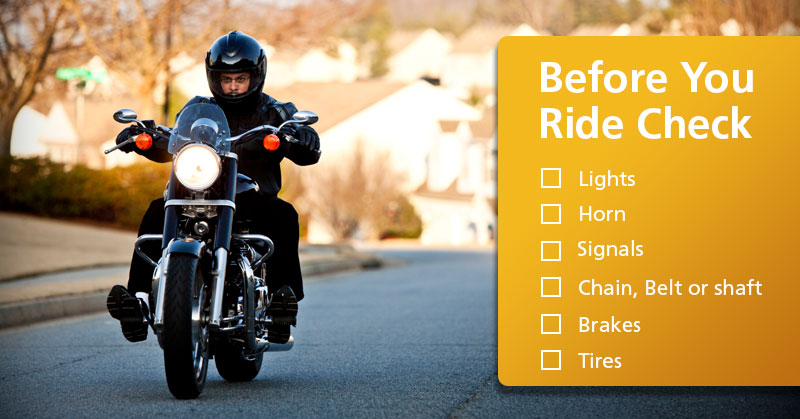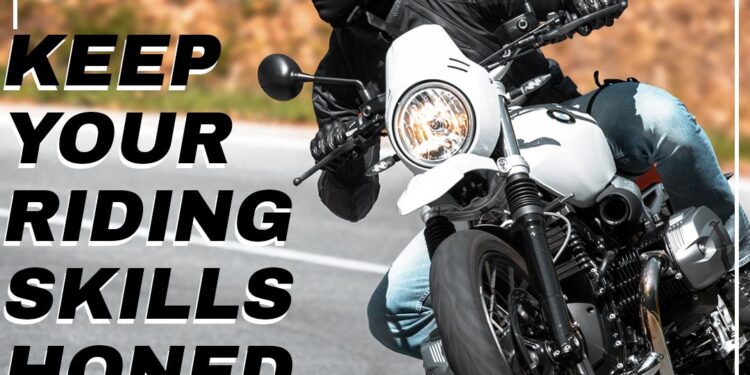Embark on a journey to discover the best motorcycle riding techniques for safety. From proper body positioning to anticipating hazards, this guide covers it all to ensure a secure and enjoyable ride.
Best Motorcycle Riding Techniques for Safety

Proper body positioning, counter-steering, maintaining a safe following distance, and anticipating hazards are crucial for safe motorcycle riding.
Proper Body Positioning
Proper body positioning plays a key role in maintaining balance and control while riding a motorcycle. By keeping your body centered and looking ahead in the direction you want to go, you can effectively navigate through curves and maintain stability.
Using Counter-Steering
Counter-steering involves pushing the handlebars in the opposite direction of where you want to go in order to initiate a turn. This technique allows you to navigate turns smoothly and efficiently, especially at higher speeds.
Maintaining a Safe Following Distance
It is important to maintain a safe following distance from other vehicles on the road to allow for ample reaction time in case of sudden stops or emergencies. Keeping a safe distance reduces the risk of rear-end collisions and provides a buffer zone for maneuvering.
Anticipating and Reacting to Hazards
Being able to anticipate potential hazards on the road, such as erratic drivers, road debris, or sudden weather changes, is crucial for staying safe while riding. By scanning the road ahead, using mirrors, and staying alert, you can proactively react to dangers and avoid accidents.
Gear and Equipment for Safe Riding

When it comes to motorcycle safety, wearing the right gear is crucial to protecting yourself on the road. Here are some essential safety gear every motorcyclist should wear:
Helmets
- Full-Face Helmets: Provide the most coverage and protection for your head and face.
- Modular Helmets: Offer a mix of features from full-face and open-face helmets, allowing flexibility.
- Open-Face Helmets: Provide less protection but offer better visibility and airflow.
High-Visibility Clothing
Wearing high-visibility clothing, such as reflective jackets or vests, can significantly increase your visibility to other motorists on the road, reducing the risk of accidents.
Gloves, Boots, and Protective Eyewear
- Gloves: Protect your hands from injuries and provide a better grip on the handlebars.
- Boots: Offer ankle support and protection from road debris or burns from the exhaust pipe.
- Protective Eyewear: Shield your eyes from wind, debris, insects, and harmful UV rays, ensuring clear vision while riding.
Motorcycle Maintenance for Safety
Regular maintenance of your motorcycle is crucial to ensure safe riding conditions. This includes checking tire pressure, tread depth, brakes, lights, signals, and other essential components.
Tire Maintenance
- Check tire pressure regularly using a tire pressure gauge to ensure it meets the manufacturer's recommendations.
- Inspect the tread depth of your tires to ensure they are not worn out, as this can affect traction and handling on the road.
Brake Maintenance
- Regularly inspect brake pads for wear and tear, replacing them if necessary to maintain optimal braking performance.
- Check brake fluid levels and ensure there are no leaks in the brake system to prevent brake failure.
Lights and Signals
- Make sure all lights, including headlights, taillights, turn signals, and brake lights, are functioning properly.
- Check for any broken or dim lights and replace them immediately to ensure visibility on the road.
Riding in Various Weather Conditions
When it comes to riding in different weather conditions, it's essential to adjust your techniques and gear accordingly to ensure safety on the road.Explain how to adjust riding techniques for rainy or wet conditions.
Riding in Rainy or Wet Conditions
Riding in rainy or wet conditions requires extra caution and adjustments in your riding techniques. Here are some tips to help you navigate safely:
- Reduce your speed and increase following distance to allow for longer braking distances.
- Avoid sudden movements or sharp turns to prevent skidding on slippery surfaces.
- Use both brakes gently and evenly to avoid locking up the wheels.
- Wear appropriate rain gear, including a waterproof jacket, pants, and gloves, to stay dry and maintain visibility.
Provide tips on handling strong winds or gusty conditions while riding.
Handling Strong Winds or Gusty Conditions
Riding in strong winds or gusty conditions can be challenging, but with the right techniques, you can stay safe on the road. Here are some tips to help you navigate through windy conditions:
- Keep a firm grip on the handlebars and anticipate gusts by staying alert and maintaining a steady position on the bike.
- Lean into the wind slightly to maintain stability and prevent being pushed off course.
- Avoid sudden movements or jerky inputs that can destabilize the bike in windy conditions.
- Adjust your speed and position on the road to minimize the impact of crosswinds.
Discuss the challenges of riding in extreme heat or cold and how to stay safe.
Riding in Extreme Heat or Cold
Extreme temperatures can also pose risks for riders, whether it's scorching heat or freezing cold. Here's how you can stay safe in extreme weather conditions:
- Stay hydrated and take breaks to cool off in hot weather to prevent heat exhaustion or dehydration.
- Wear appropriate gear for cold weather, including thermal layers, heated grips, and windproof clothing to stay warm and comfortable.
- Be aware of signs of hypothermia or heatstroke and seek shelter or medical attention if necessary.
- Adjust your riding style to accommodate reduced visibility or road conditions affected by extreme temperatures.
Detail the importance of proper gear and equipment for different weather scenarios.
Importance of Proper Gear and Equipment
Having the right gear and equipment for different weather scenarios is crucial for your safety and comfort on the road. Here's why it's important to invest in quality gear:
- Quality gear can provide protection from the elements, including rain, wind, heat, and cold.
- Proper gear can enhance visibility and communication with other road users, reducing the risk of accidents in challenging weather conditions.
- Well-maintained gear can improve your overall riding experience and confidence on the road, allowing you to focus on the ride rather than discomfort or distractions.
- Investing in gear that is specifically designed for different weather scenarios can improve your performance and safety as a rider, ensuring a smooth and enjoyable ride in any condition.
End of Discussion

In conclusion, mastering these techniques will not only enhance your safety on the road but also elevate your riding experience. Stay informed, stay safe, and enjoy the thrill of the ride!
Quick FAQs
How important is proper body positioning while riding?
Proper body positioning is crucial for maintaining balance, control, and stability on the motorcycle, especially during turns and maneuvers.
Why is it essential to maintain a safe following distance from other vehicles?
Maintaining a safe following distance allows for better reaction time in case the vehicle in front suddenly brakes or encounters an obstacle.
What gear should every motorcyclist wear for safe riding?
Essential safety gear includes a helmet, gloves, boots, and high-visibility clothing to protect against injuries and enhance visibility.
How can I adjust my riding techniques for rainy conditions?
Reduce speed, increase following distance, and avoid sudden maneuvers to adapt to the slippery road conditions caused by rain.














